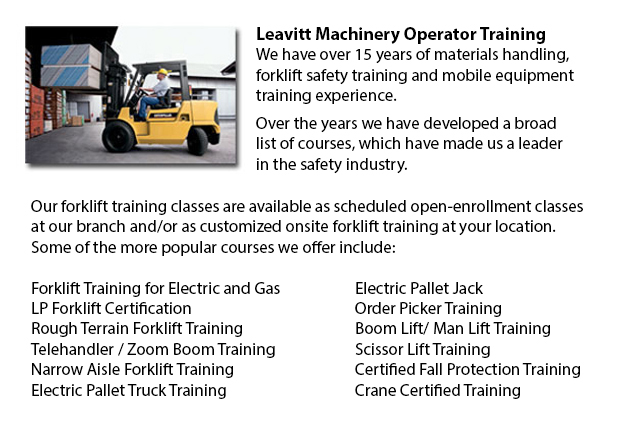
Pallet stackers are a type of pallet jack that may be employed to stack, transport and haul merchandise positioned on a pallet that are far too burdensome for manual lifting. Primarily these mechanisms are utilized to load and unload cargo from trucks and to move pallets from one site to another within a warehouse of storeroom space. For the most part pallet jacks are made of heavy duty materials to endure extreme weights. Pallet stackers are occasionally referred to as pallet jacks. They can be operated from a seated, upright or walk-behind position. Pallet jacks are divided into manual and powered varieties.
Certain basic items comprise the pallet stacker. There are forks which slide under a pallet, capable of transporting and lifting it to a preferred height. The engine compartment or casing houses the gas-run, electronic or hydraulic equipment that powers the instrument.
Manual pallet jacks are hand-powered. They function hydraulically to make lifting heavy pallets an easier task. Typically a walk-behind version meaning they are operated by pulling and pushing the stacker to its preferred location. Using a foot pedal or lever raises the stackerâ??s forks. Squeezing a handle or trigger returns the forks to the ground. These types of pallet stackers are ideal for lighter loads of up to approximately 1 ton or 907.18 kg.
Electric or gas powered pallet stackers can accommodate extreme lifting weights of up to 5 tons or 4535.92 kg. They are physically less demanding than the manual designs due to the mechanized power to lift and lower the stackerâ??s forks. These versions are steered by turning the handle in a specific direction. There is a button on the handle that functions to lift and lower the forks. A throttle found on the stackerâ??s grips moves the device forward and in reverse. This type of equipment is regularly known as a lift truck and is operated from a sit-down posture.
As the fork width, load maximum and lift height vary dramatically between specific styles, choosing the right pallet stacker to suit the activity is critical. Some stackerâ??s lift peak may allow several pallets to be stacked, while others may only permit two at a time. Some versions of these lift trucks include an modifiable fork so as to permit the stacker to slide beneath pallets of different sizes and shapes. Several fork models may be quite effective when different types of pallets are being used in the same stockroom.
-
Crown Forklift
More -
Rough Terrain Forklifts
There are in point of fact two classifications of forklifts within the manufacturing business, the rough terrain model and the industrial version. Rough terrain forklifts appeared in the 1940â??s designed primarily for use on rough roads, ideal for l... More -
Scissor Lifts
The scissor lift or platform lift, is an automated industrial lift that has been customized to be used in retail, wholesale, manufacturing and production settings. Industrial scissor lifts have been used primarily within production and manufacturing... More -
Reach Trucks
Reach Trucks are industrialized equipment utilized for loading and storage in some organizations that maintain storage of supplies to finished merchandise on a pallet which are then placed into lofty shelving units. This loading apparatus helps busin... More -
Aerial Lifts
Aerial lifts can accommodate numerous duties involving high and hard reaching spaces. Often used to carry out routine repair in buildings with elevated ceilings, prune tree branches, raise burdensome shelving units or fix telephone cables. A ladder c... More

Forklift Training Glendale
TOLL FREE: 1-888-254-6157
Glendale, Arizona
forkliftcertificationglendale.com
Email Us
About Us


